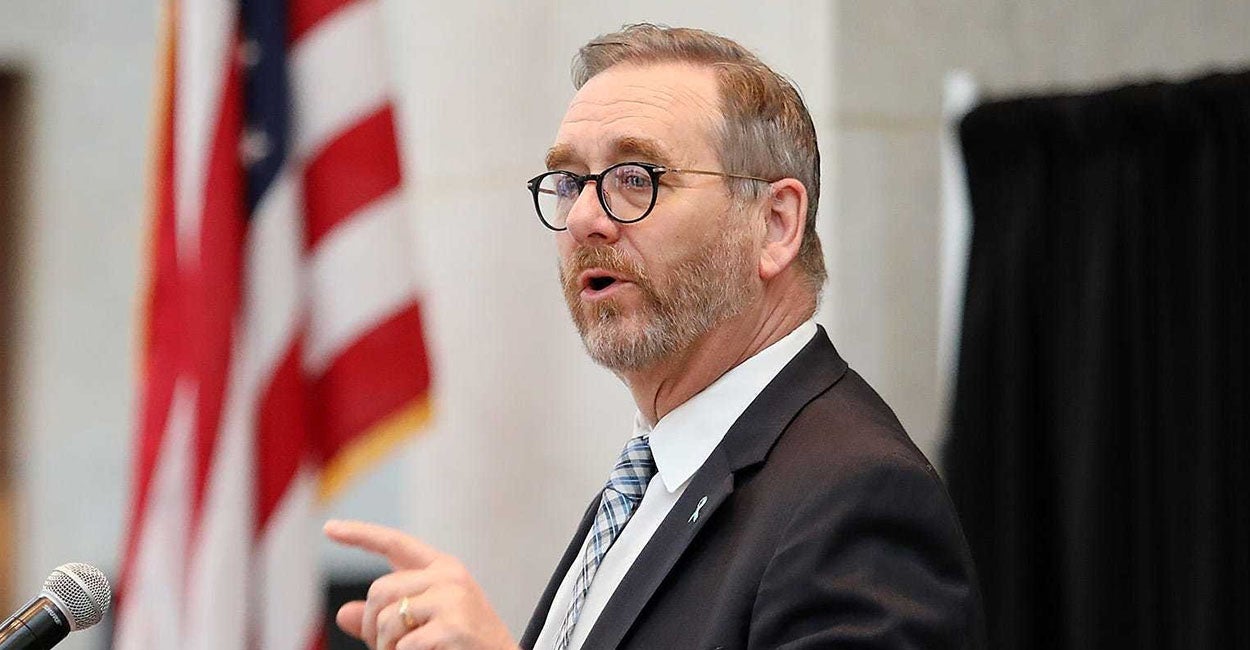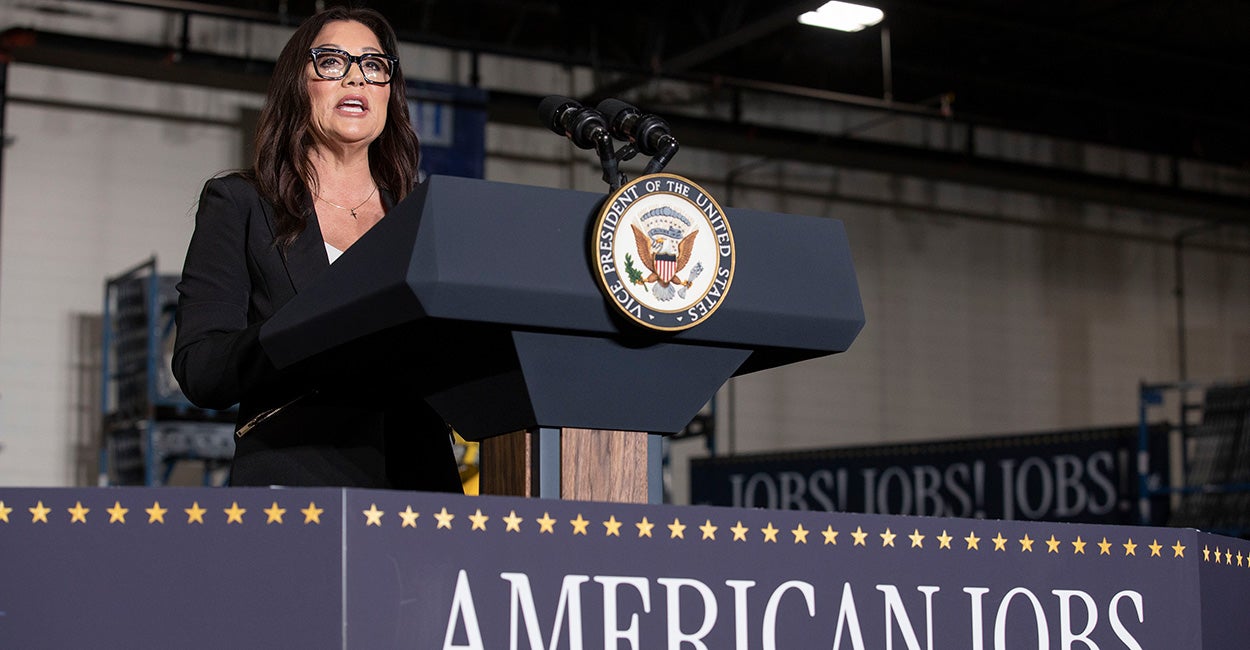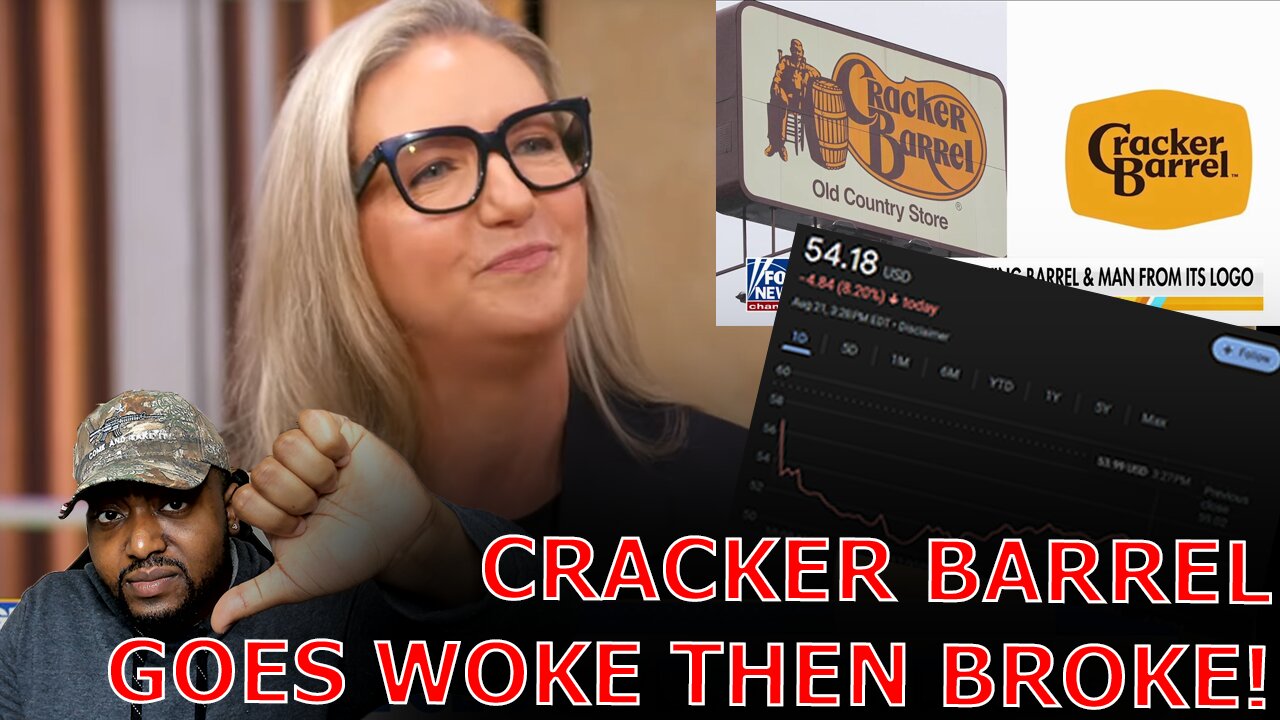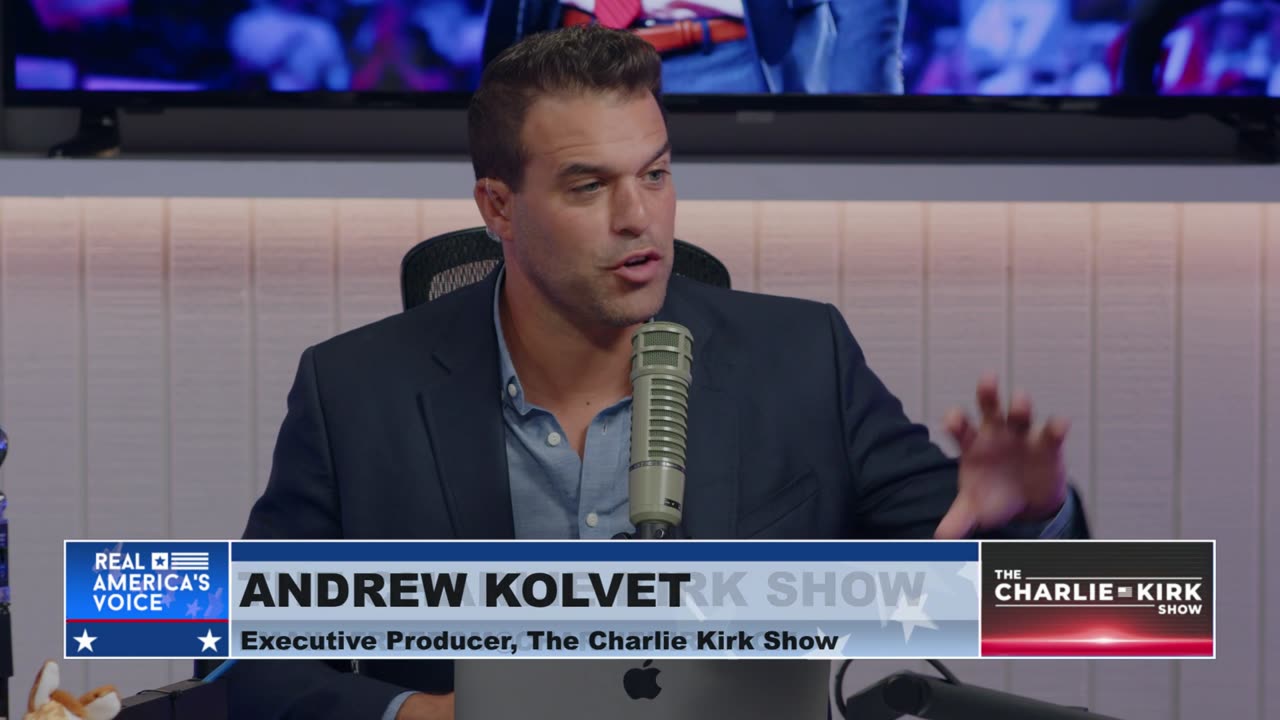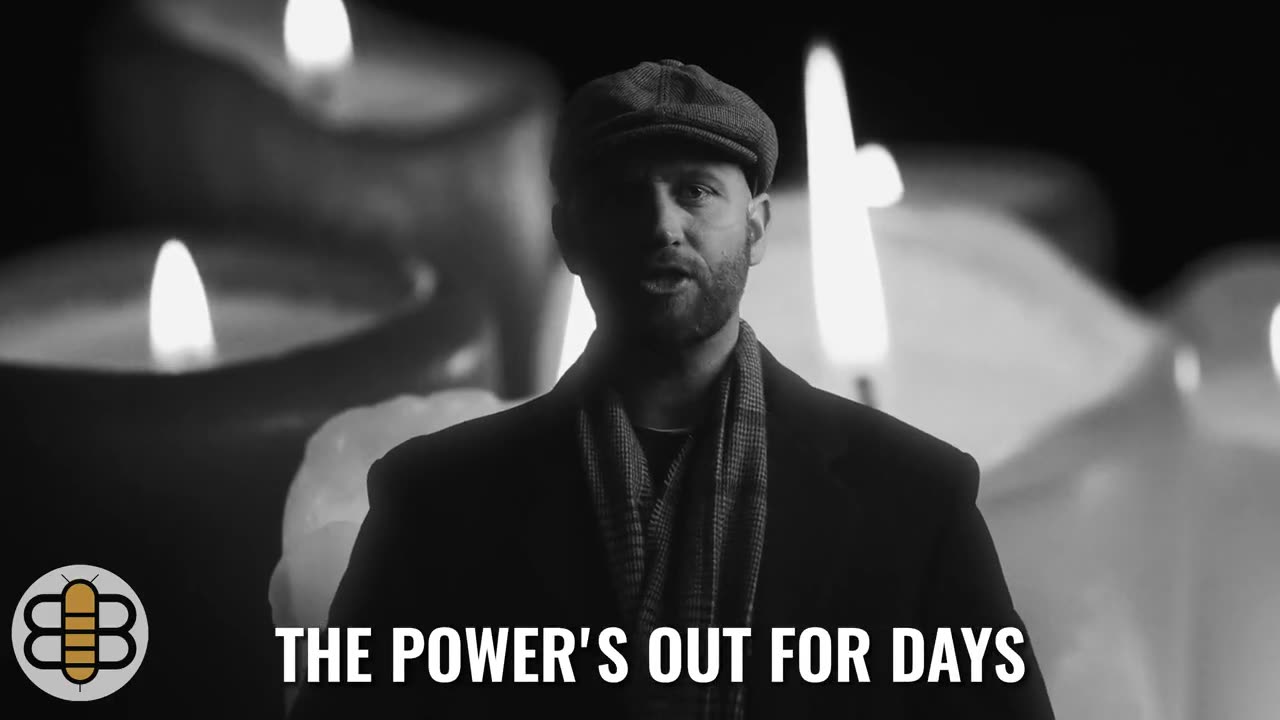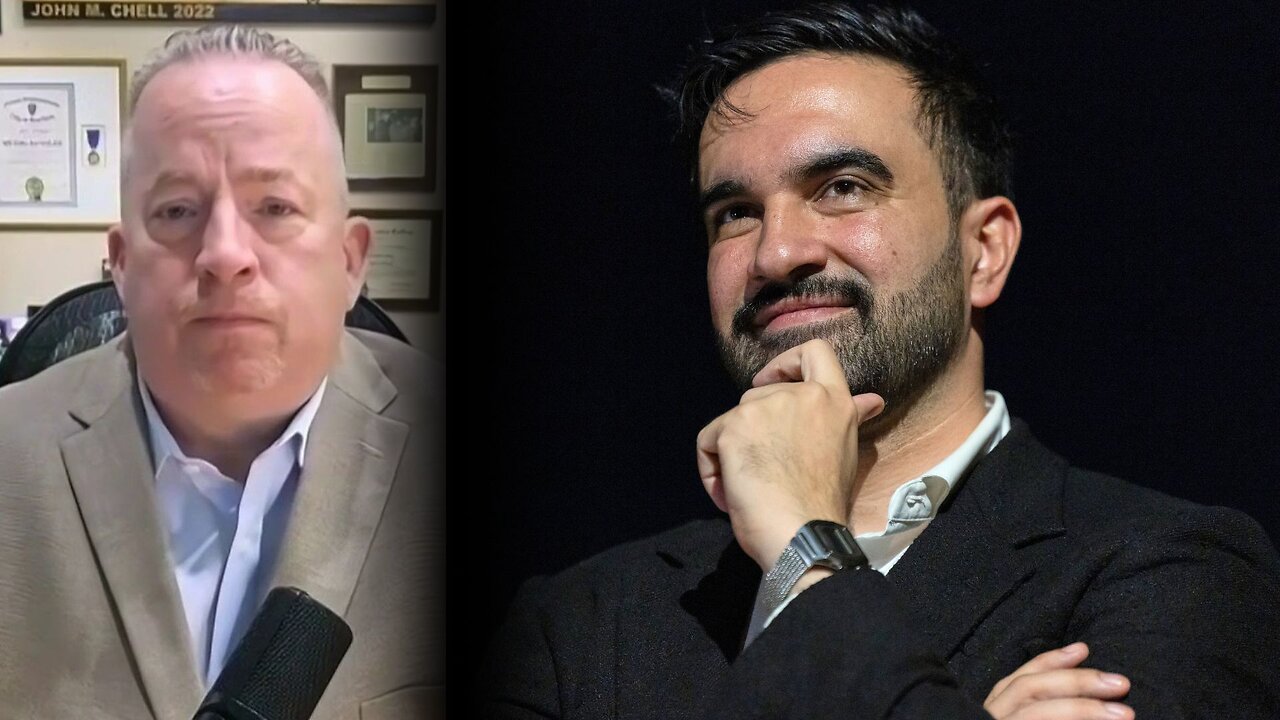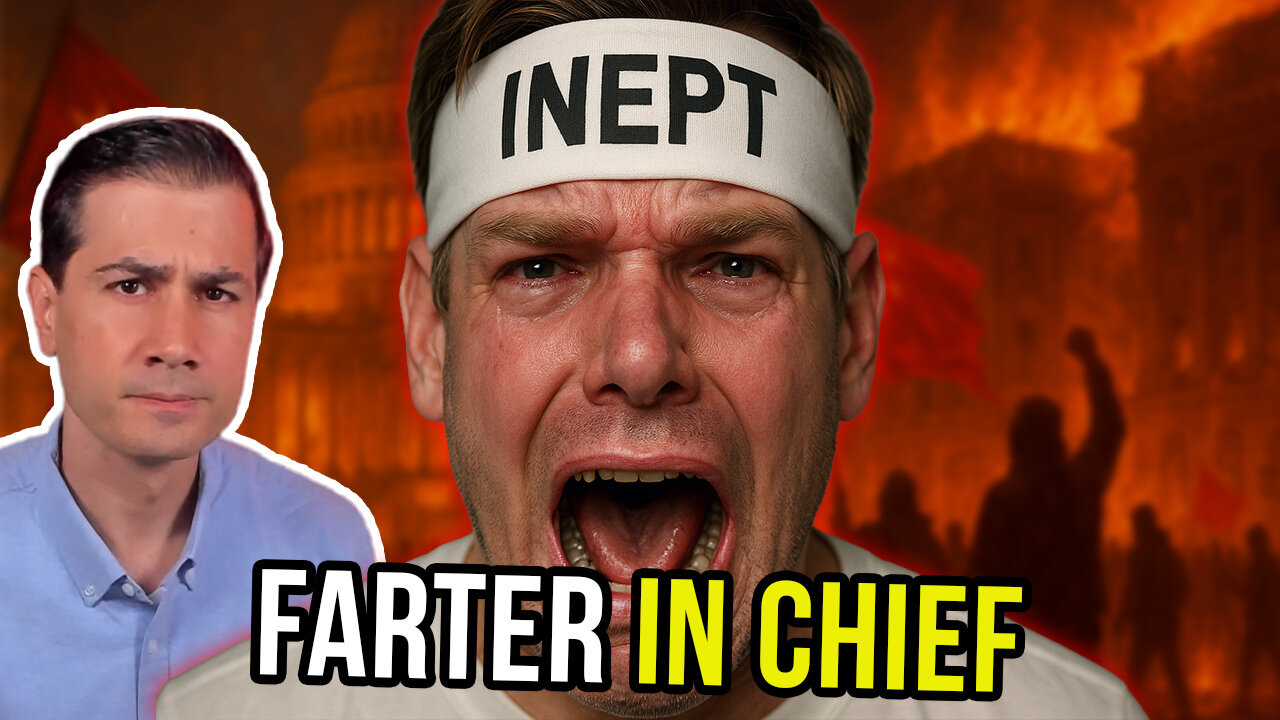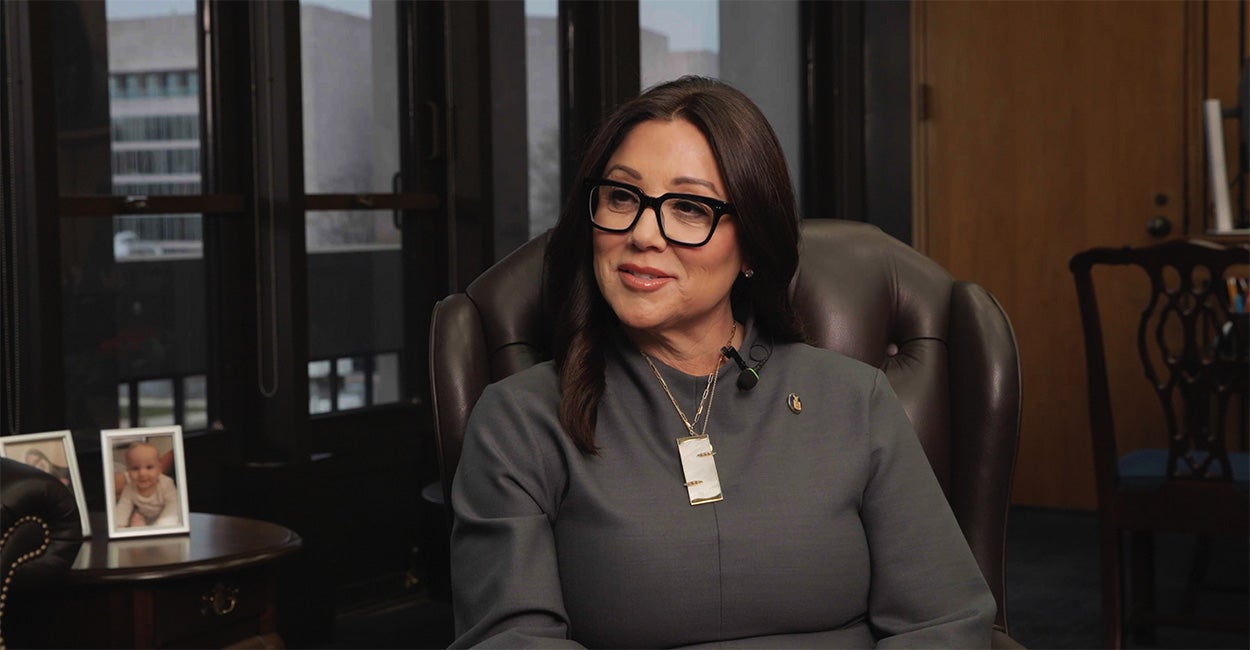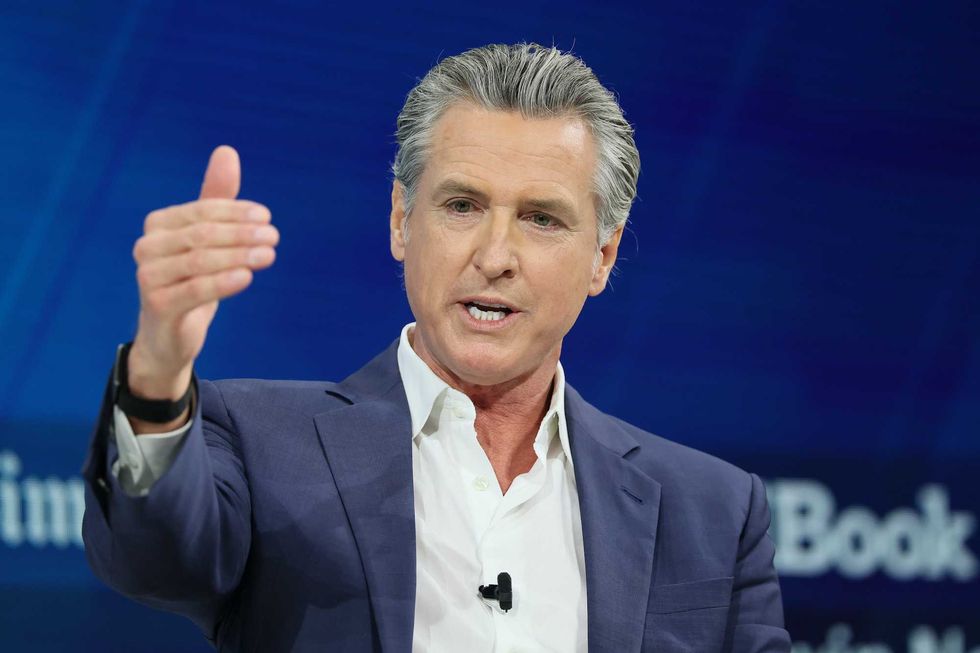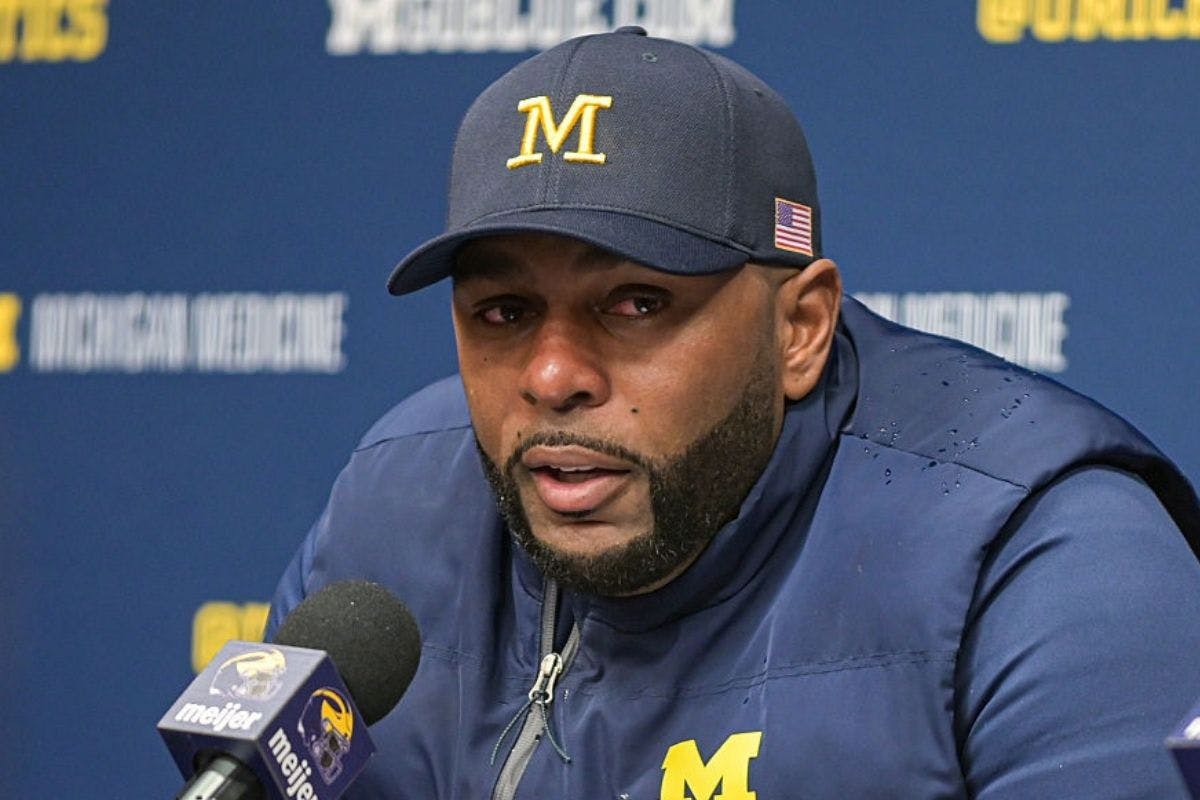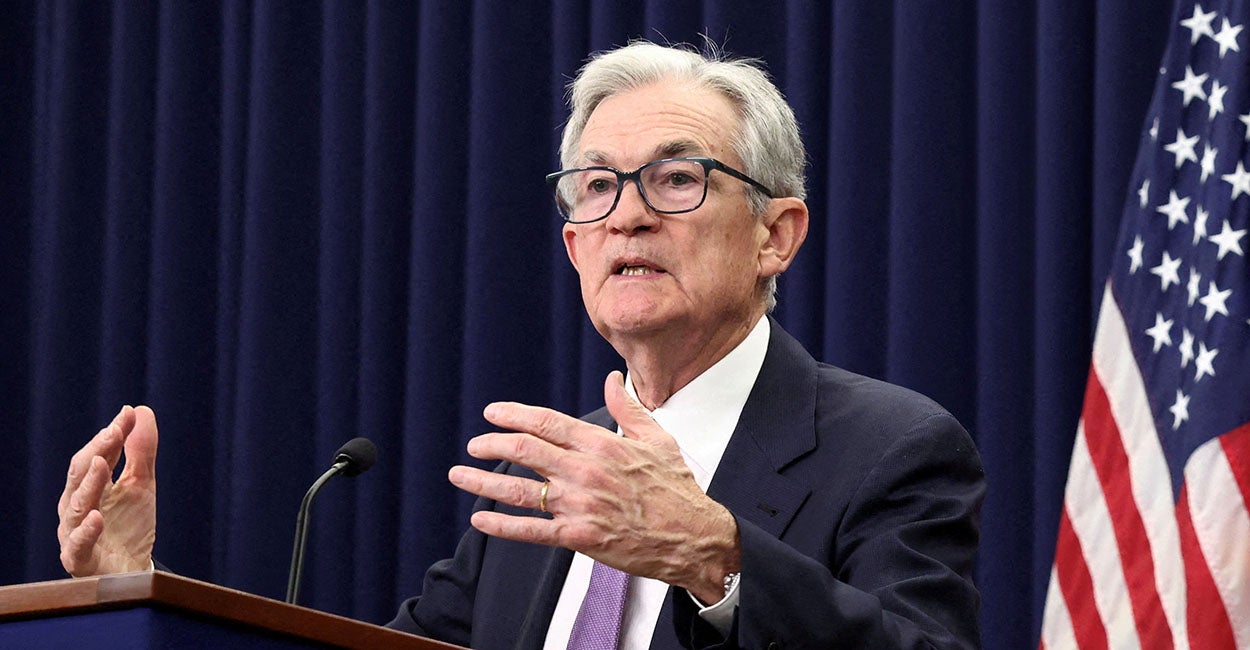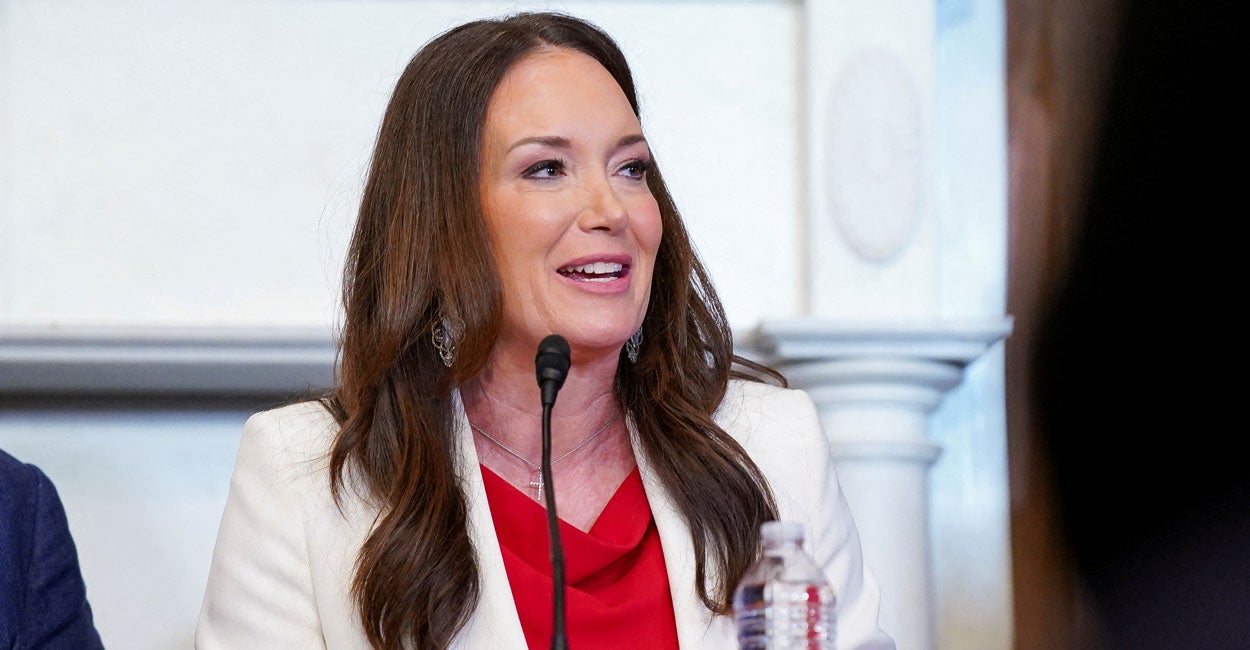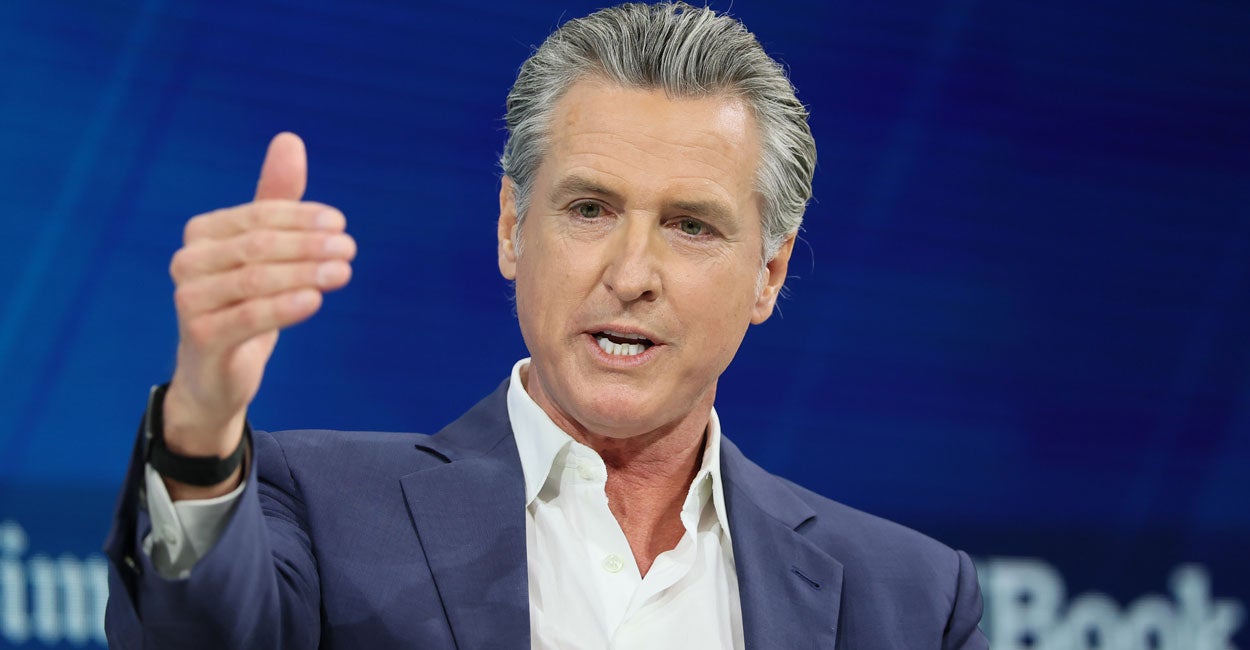Delivering on President Trump’s Call To Strengthen Foster Care: A Home for Every Child

President Donald Trump recently signed the executive order, “Fostering the Future,” a landmark action advancing first lady Melania Trump’s whole-of-government commitment to improving outcomes for children and youth in or at risk of entering foster care.
At the Administration for Children and Families (ACF), we are answering this call through “A Home for Every Child,” a new national initiative aimed at right-sizing the ratio of foster homes to the number of kids in the foster care system, because every child deserves a family.
The Challenge
For too long, America’s foster care system has been stretched thin. For every 100 children in foster care, only 57 licensed foster homes are available.
That gap isn’t just a statistic—it means toddlers spending nights in office buildings, teenagers shuttled between hotels, and siblings separated not for safety, but for lack of space. It means overuse of congregate care, such as group home settings.
When there aren’t enough homes, states turn to temporary placements that are unstable, costly, and often damaging to a child’s well-being. Every study tells us the same thing: children grow best in families.
Our mission at ACF is straightforward: homes waiting for kids—not kids waiting for homes.
Lessons from the Field
Before coming to Washington D.C., I led Idaho’s child welfare system. Like most states, we once relied on short-term rentals for children because there weren’t enough foster families. It was unacceptable, and we ended it.
We focused on one key metric: the number of foster homes per 100 foster children. In just one year, Idaho grew from 74 homes per 100 kids to 104. We no longer place children in short-term rentals, and we reduced reliance on congregate care by more than 30% by focusing on putting the right youth, in the right place, for the right amount of time.
How did Idaho right size the ratio? We cut through the clutter and focused on what truly matters.
Sure, we faced skepticism about the measure. “It’s too simple.” “It lacks nuance.” “You should focus on placement stability, caregiver retention, or social worker caseloads.”
But we succeeded by guiding every decision with two questions:
- How do we increase the right number and types of high-quality foster homes?
- How do we safely reduce the number of children entering foster care and speed time to permanency for those already in care?
The answers led us down a path of action and rapid cycle innovation. First, we got out of our own way by revising outdated rules that discouraged families from stepping forward. Then, we expanded prevention services, strengthened legal advocacy, shortened adoption timelines, and used data to accelerate permanency. We streamlined foster family licensing, supported kin caregivers, and launched faith-based outreach.
We built partnerships with other departments within the state, local businesses, and nonprofits to celebrate foster families—offering free park passes, fishing licenses, and other community perks. These small gestures helped turn a system often associated with crisis into one associated with purpose and pride.
A single, visible measure–the number of foster homes per 100 foster children–focused our entire agency. Some ideas worked, some didn’t, but we tracked progress, adjusted course, and made real change.
That same clarity and resolve must now guide our national approach.
ACF’s Organizing Principle
“A Home for Every Child” is more than a slogan—it’s our organizing principle. It will drive our every action.
We will align federal funding, technical assistance, and policy guidance with this goal. We’ll break down silos, so housing, behavioral health, and workforce supports work together rather than at cross-purposes. And we’ll double down on prevention to keep families intact whenever it’s safe to do so.
We’ll also hold ourselves accountable to a primary benchmark, “Does a state have more foster homes available than foster children in need of placement?” while also working with states on wraparound measures to ensure the safety and well-being of children.
To that end, ACF will leverage all $12 billion of its annual federal funding for foster care and child welfare to advance this mission. ACF will empower states and tribes with broader latitude to develop community-specific interventions to achieve this goal.
And when outdated bureaucracy stands in the way, we’ll clear it away. We’ll rethink 300-page annual reports that mostly recycle old content.
We will ask if “Program Improvement Plans (PIP)” have not produced measurable success in 25 years, should the PIP itself be placed on a PIP?
And with each program we will continue to ask why or how.
Why do we silo child welfare funding into so many programs with so many strings attached?
Why do we pay more to administer the foster care program than we pay foster parents in monthly maintenance payments?
Why do we require states to submit more than 200 data points annually on child welfare but not the most basic of measures: the number of foster families in each state?
Why do we allow Social Security survivor benefits to be stolen from foster youth who are rightly entitled to them?
How do we ensure youth who age out of foster care don’t end up homeless?
How do we improve policies to ensure the safety of substance-exposed infants?
As Trump directed in his executive order, we will eliminate “high-cost, low-value” mandates so states can focus on what matters most—the children. We’ll promote best practices to improve outcomes, and we will make sure all foster youth know which resources are available to them, and how to access them.
A CALL TO ACTION
This is a moment of opportunity. With leadership from the president and first lady, we can transform the child welfare system to one that is family-centered, data-driven, and results-focused. We can clear away the clutter and give states flexibility to truly focus on their highest order needs.
But the federal government cannot do it alone. We need to work with states, counties, tribes, nonprofits, private partners, faith communities—and most importantly, families willing to open their homes and hearts.
The first lady’s initiative creates a pathway for everyone to participate, in whatever way they can, to improve the lives of foster youth across the nation.
At ACF, we are all in. We will give everything we have to ensure every child in America has a safe, loving home.
Will you join us?
We publish a variety of perspectives. Nothing written here is to be construed as representing the views of The Daily Signal.
The post Delivering on President Trump’s Call To Strengthen Foster Care: A Home for Every Child appeared first on The Daily Signal.
Originally Published at Daily Wire, Daily Signal, or The Blaze
What's Your Reaction?
 Like
0
Like
0
 Dislike
0
Dislike
0
 Love
0
Love
0
 Funny
0
Funny
0
 Angry
0
Angry
0
 Sad
0
Sad
0
 Wow
0
Wow
0
